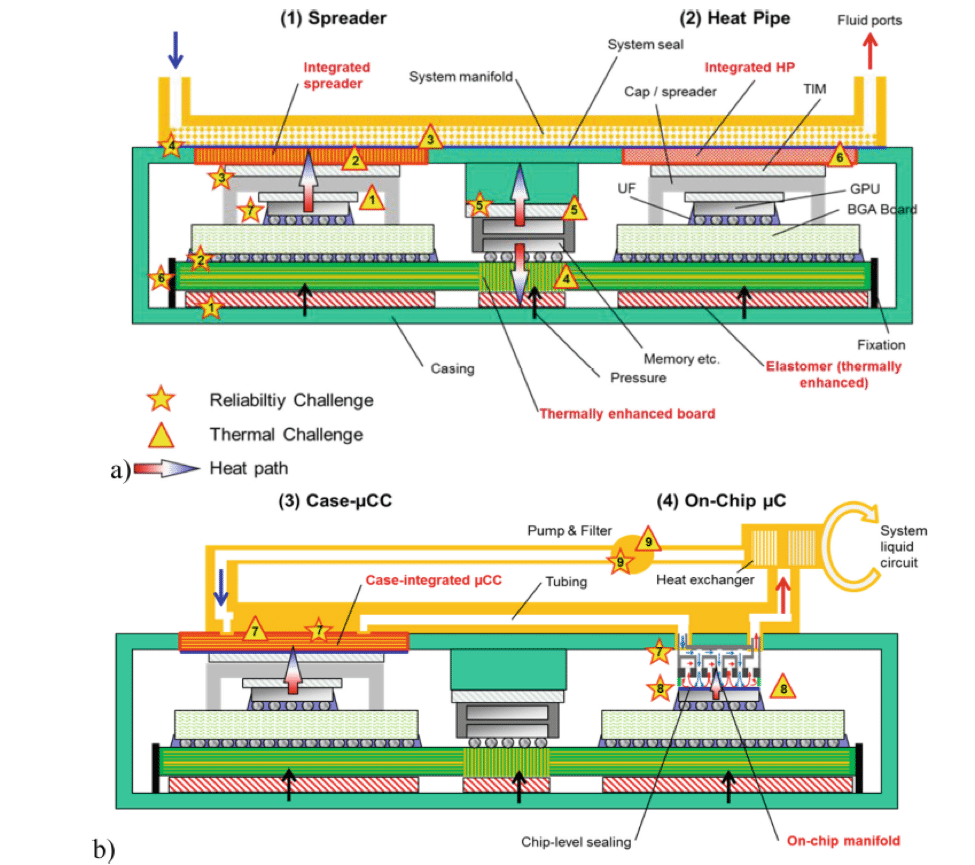The 22nd International Forum on Advanced Microsystems for Automotive Applications (AMAA 2018) starts this week at Berlin, Germany. This international forum covering the progress in connected, automated, and electrified vehicles this year has the theme “Smart Systems for Clean, Safe and Shared Road Vehicles.” The conference is co-sponsored by EPoSS, the European Technology Platform on Smart Systems Integration, an industry-driven policy initiative defining R&D and innovation needs and requirements related to Smart Systems Integration and Integrated Micro- and Nano-systems.
As part of the technical conference and also to make its contents accessible to worldwide audience, AMAA publishes a conference book as part of the series “Lecture Notes in Mobility”. The book contains the papers which will be presented at the 22th edition of the AMAA conference taking place in Berlin, Germany on 11-12th September 2018. This blog presents a review of the chapter “Affordable and Safe High Performance Vehicle Computers with Ultra-Fast On-Board Ethernet for Automated Driving” from this book, in particular the thermal management aspects of the on-board electronic hardware.
This article is by no means a comprehensive description of cooling challenges in automotive electronics. An earlier Electronics Cooling article “Cooling Issues for Automotive Electronics” published in 2003 may be somewhat dated but it still makes for excellent reading.
We are witnessing increasing applications of sensors, microprocessors and now on-board computers with GPU augmentation in fossil fuel-based, hybrid and fully electric automobiles. An automobile of today has evolved into a complex electronic system with mobility that is driver-controlled, driver-assisted and soon to be completely autonomous. Level-5 autonomous driving requires high-performance on-board computers to perform many complex functions such as V2V and V2X communications, intelligent traffic systems, managing on board ECUs and sensors, advanced vision processing, object recognition, and many others. In advanced vision processing systems for example, typical sensing functions in a modern automobile are as complex as depicted in the figure 1 below

The hardware counterparts to the sensing shown above may include camera systems, lasers, LiDARs, wireless communication systems, CMOS arrays, etc., all of which require thermal management of various complexity.
Challenges in the Thermal Domain
Some of the specific challenges to thermal management of automotive electronic components and systems that this chapter in book identifies are as follows.
1. Operating Environment
Although high performance computing systems are common now a days in many consumer and enterprise applications, they are not yet ready to be deployed under harsh operating conditions of an automobile. Furthermore, managing heat dissipations in components is exacerbated by elevated operating temperatures in an automobile. The Automotive Electronics Council’s Q-100 defines five operating conditions (Grade 0 to 4) where the ambient temperatures range from -400C to -1500C. This puts additional burden on thermal management solutions and components. For ECUs (Electronic Control Units) under the hood, the ambient temperature can be as high as 1050C which drastically shrinks the thermal budget for the components. Throttling down the processor is not an option as many autonomous driving functions require 100% availability of the processor.
2. Component Power Dissipation
As far as the components are concerned, herein lies one of the major thermal bottlenecks. GPUs for example can dissipate 300W each -the Nvidia DRIVE PX “Pegasus” AI computing platform is claimed to be the world’s first exclusively designed hardware to drive fully autonomous Robotaxis performs at 320 TOPS (Trillion operations per second) with power dissipation of 500W. Nvidia Drive PX2 on the other hand with 250W power is air-cooled. For cooling ECUs, an approximate upper bound seems to be 100W of power dissipation where passive cooling with heat sinks and/or fan cooling may be the solution of choice. However, for a complete system using the 500W version of the DRIVE PX Pegasus, the total system power dissipation may cross 1kW for which passive cooling will be quite a challenge.
3. Availability of Cooling Surfaces / Interfaces
In the automotive application context, the cooling surfaces for module-/chip-level cold plates have heatsinks with pin-fins or μ-channels where the sealed liquid works to remove heat via evaporation and condensation cycles. Fan cooling exclusively for electronics hardware is still uncommon in the fossil fuel-based automotive environment where cooling vents with outside air or from the cooling systems on board may be available for thermal management. For higher power dissipations like 370W/cm2, recent advances in jet impingement cooling show promise but their reliability remains to be seen.
4. High Performance Thermal Materials
For addressing heat fluxes greater than 50W/cm2, exceptional TIMs with high thermal conductivity, low interface resistance with a low pressure bond are required. The choices here include phase change materials (PCM), thermal pastes, adhesives, and some of the solders. The coefficient of thermal expansion vs the glassy transition temperature must be in the lower regime (many pastes exhibit higher CTE at temperatures greater than Tg) and this requirement rules out many paste materials commonly used in consumer and enterprise applications.
The book also provides a reference architecture / framework for an innovative and integrated approach to the cooling concept for challenges faced in the automotive sector. Shown schematically in figure 2, configurations to address the intrinsic thermal and mechanical challenges are detailed in four concepts. The concepts do require interfacing with the liquid cooling circuit of the automobile.

In summary, the chapter “Affordable and Safe High Performance Vehicle Computers with Ultra-Fast On-Board Ethernet for Automated Driving” stays at a high level identifying some of the thermal management problems for electronic systems in modern automobiles with emphasis on Level-5 autonomous vehicles. However, it does offer some details via frameworks to realize the thermal management approach. Given the fact that this chapter is aimed toward disseminating the conference contents to a worldwide audience, such a higher level coverage is warranted. The authors succeed in identifying most of the critical issues in thermal management of electronics in a modern automobile.
Reference:
Advanced Microsystems for Automotive Applications 2018: Smart Systems for Clean, Safe and Shared Road Vehicles, Springer, ISBN 978-3-319-99762-9, 2019 Edition.










